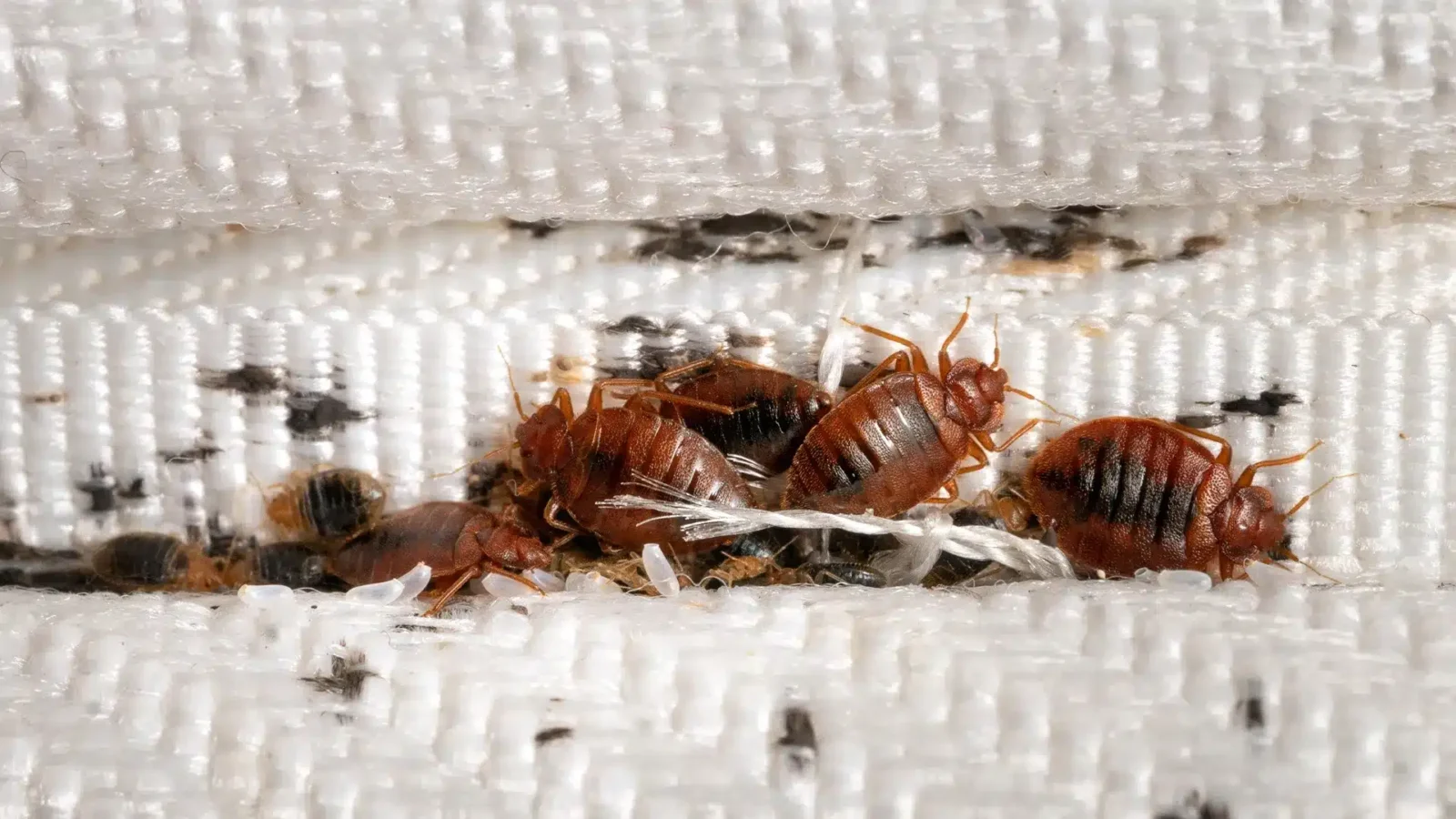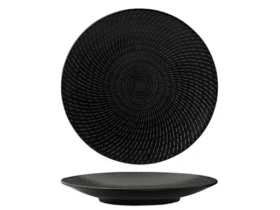Key Takeaways:
- Identify the common signs of bed bug infestations early to manage them effectively.
- Implement prevention strategies to avoid bed bug infestations at home.
- Learn about effective control methods to tackle bed bugs.
- Know when and how to seek professional help for persistent infestations.
Table of Contents:
- Introduction
- Understanding Bed Bugs
- Signs of a Bed Bug Infestation
- Prevention Strategies
- Effective Control Methods
- When to Seek Professional Help
- Conclusion
Introduction
Bed bugs are notorious for their resilience and ability to disrupt peaceful lives, causing physical discomfort and emotional distress. These tiny pests are adept at hiding in the nooks and crannies of your home, coming out at night to feed. While their presence is unsettling, understanding how to prevent and control these creatures can help maintain a safe and serene home environment. This comprehensive guide will provide practical tips to detect, prevent, and manage bed bug infestations, ensuring all residents’ living space remains pest-free and comfortable.
Understanding Bed Bugs
Bed bugs are small, reddish-brown insects no more significant than an adult-sized apple seed. Despite their diminutive size, they can create significant disruptions. Feeding on human blood, they leave behind itchy, red welts that can cause discomfort and irritation. Bed bugs are nocturnal and expert at hiding, making them difficult to detect and eliminate. Understanding their lifecycle is essential for effective bed bug extermination; these pests reproduce quickly, with females laying up to 500 eggs in a lifetime. Their eggs, the size of a dust speck, are nearly invisible to the naked eye.
Signs of a Bed Bug Infestation
Bed bugs may be elusive, but they leave behind distinct signs. Recognizing these clues is vital for early detection and effective management. One of the first signs is often the presence of minor, rust-colored stains on your bed linens due to bed bug excrement. You might also find pale yellow shells, the skins shed by juvenile bed bugs as they develop. It might also be an infestation indicator if you detect an unusual musty odor in areas where bed bugs congregate. Bites often appear in clusters on exposed skin, typically causing red, itchy welts. Accurate bed bug identification is crucial to avoid confusing these signs with those of other insects, such as mosquitoes or fleas.
Prevention Strategies
Preventing a bed bug infestation requires vigilance and proactive measures. Regular inspections of personal spaces, including bedrooms and guest rooms, can help detect intrusions before they become serious. Keep your home clutter-free, as cluttered spaces provide the perfect hiding spots for these pests. Vacuum your home regularly and pay special attention to corners, cracks, and crevices where bed bugs might conceal themselves. Additionally, wash and dry bed linens and curtains on high heat to kill any bed bugs or eggs hiding in them. When traveling, inspect hotel rooms by checking mattresses, couches, and headboards for signs of bed bugs. Keep luggage elevated from the ground and away from beds, and consider using a protective sealable cover to ensure that these pests are not transported home.
Effective Control Methods
Once bed bugs infiltrate your space, effective management is critical. Heat treatments are particularly successful because they can eradicate bed bugs at all lifecycle stages. Launder-infested clothing and bedding in hot water, then drying on high heat for at least 30 minutes. Steam cleaning is also effective for rugs, curtains, and upholstered furniture. While insecticides can be helpful, they should be applied with caution. Consider products specifically labeled for bed bugs and follow the instructions carefully. DIY methods provide temporary relief, but persistent infestations require more substantial interventions. It’s wise to consult pest management professionals for comprehensive and long-term solutions.
When to Seek Professional Help
If bed bugs persist despite your best efforts, or if the infestation appears to be spreading rapidly, professional help may be required. Experienced pest control services provide access to powerful treatments not usually available to the public. They employ various approaches, treating the infestation thoroughly and reducing the chances of recurrence. Professional services often start with a full assessment of the infestation size and severity, followed by targeted applications of thermal, chemical, or even cryolite solutions to eliminate bed bugs. They also provide follow-up monitoring and visual inspections to confirm total pest eradication. Turning to professionals can provide peace of mind and a faster return to normalcy by in-depth pest control processes.
Conclusion
You can protect your home from bed bugs and their unwelcome effects by maintaining vigilance and implementing effective prevention and control strategies. When necessary, early detection, regular maintenance, and professional intervention can keep your living environment healthy and serene. Remember, the key to tackling bed bugs lies in understanding their behavior, employing comprehensive strategies, and not hesitating to seek expert assistance when infestations persist. With these tools and insights, enjoy a more comfortable and pest-free home.

















Leave a Reply